Recently Added Photos
-
Sean R. Prentiss

-

-

-

-

-

-

-

-

-

-
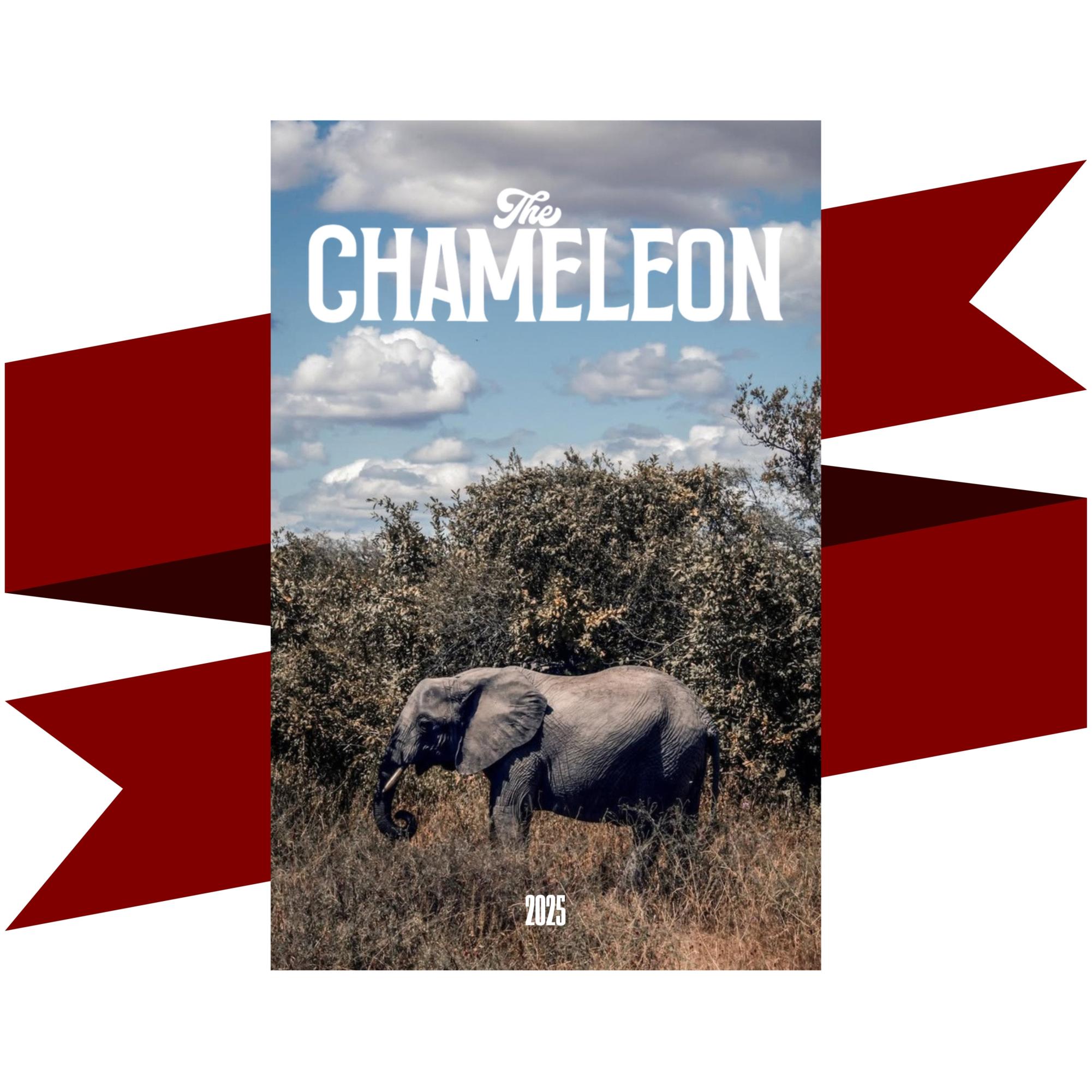
-
Sean R. Prentiss

-
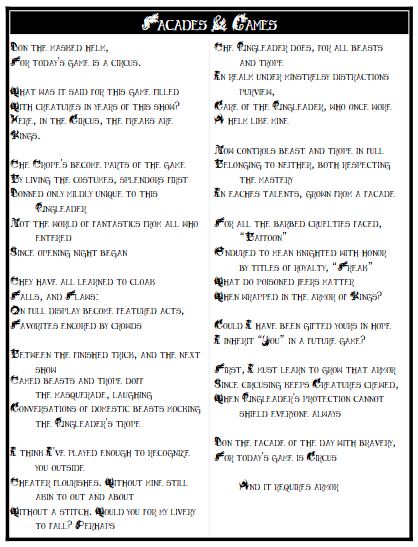
-
Sean R. Prentiss

-
Sean R. Prentiss

-

-
Sean R. Prentiss
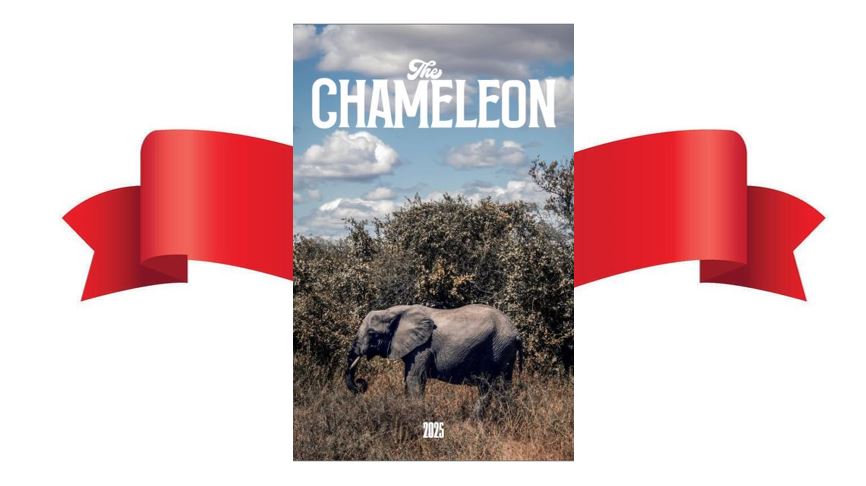
-
Serengeti Serenity
Sean R. Prentiss
-
Sean R. Prentiss

-
Sean R. Prentiss
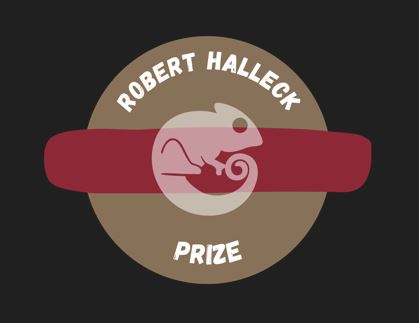
-
Sean R. Prentiss
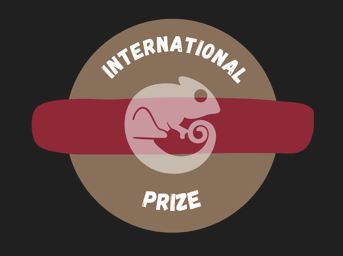
-
Sean R. Prentiss

-
Sean R. Prentiss
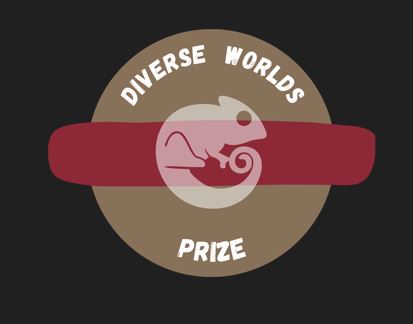
-
Sean R. Prentiss

-
Sean R. Prentiss

-
Sean R. Prentiss

-
Sean R. Prentiss

-
Serengeti Serenity
Sean R. Prentiss
-

-

-

-

-

-

-

-

-

-

-
Bouquet of Memories

-
Balconies Near My Home










